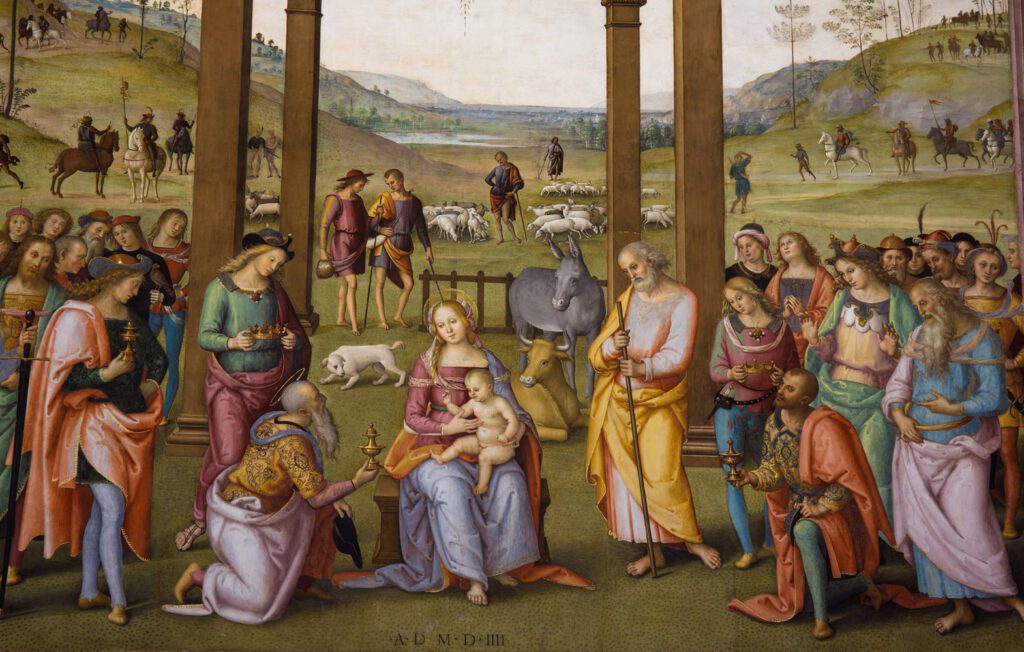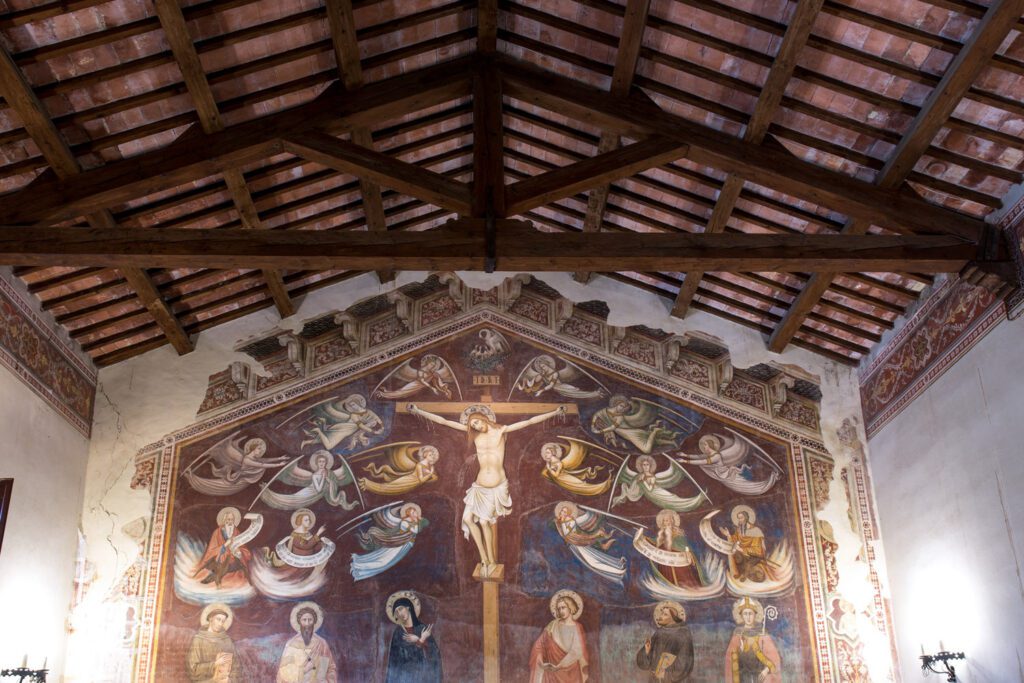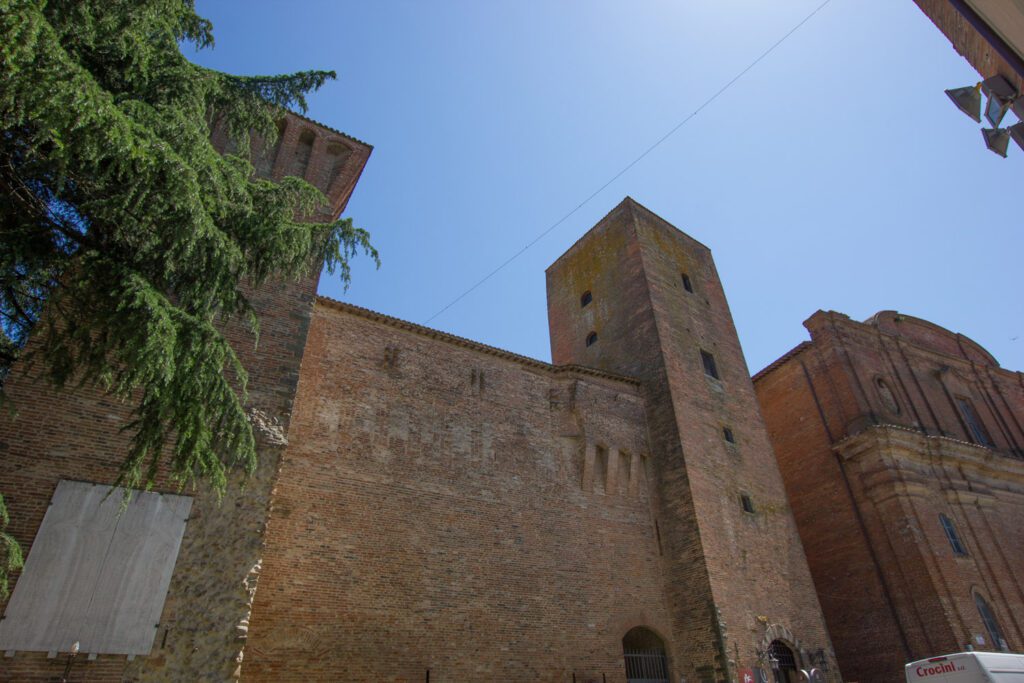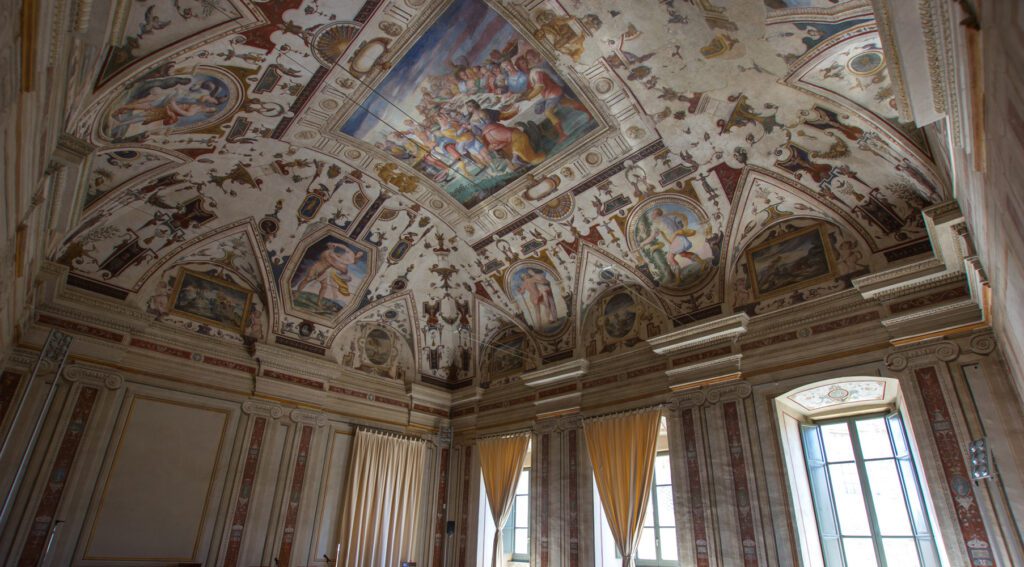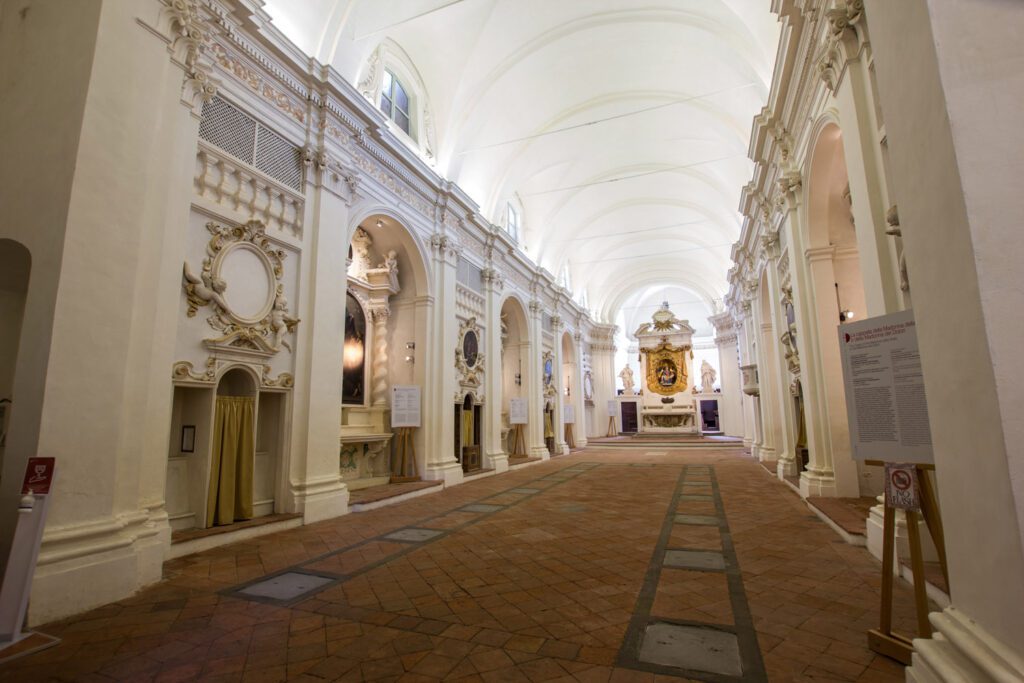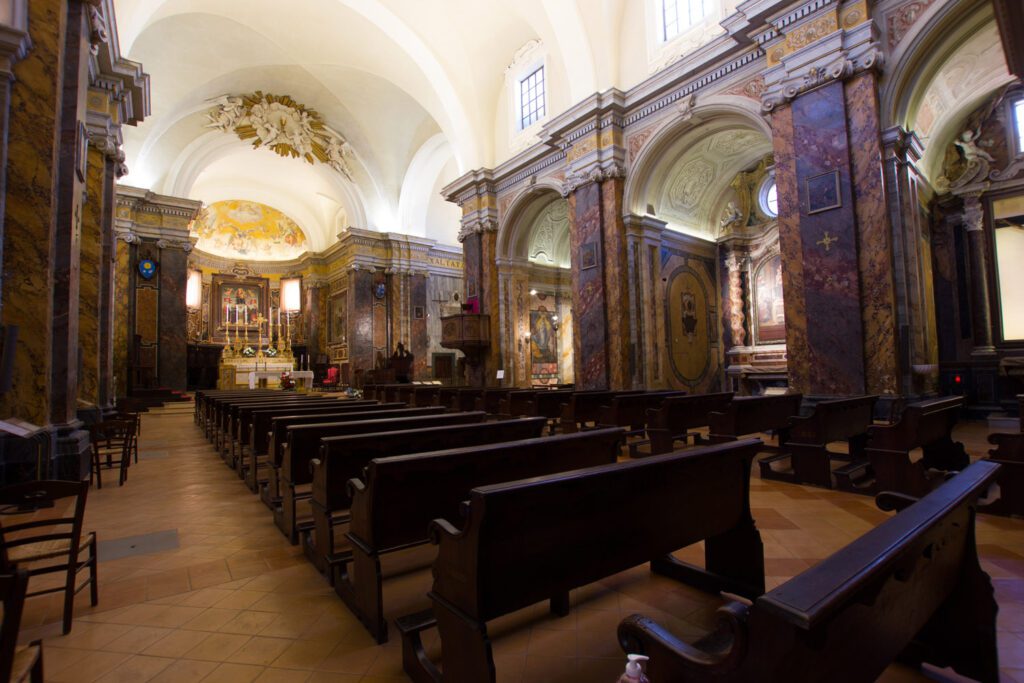When, about 1450, Pietro Vannucci was born here – the great painter who would be nicknamed “Perugino” in Florence – this inhabited place was not even considered a town, just a castle. It was called Castrum Plebis, “a castle near a country people's church” (pieve). The current Città della Pieve was at that time a fortified village to guard the border between Perugia (Umbria) and Siena (Tuscany). It rises in a wonderful panorama on the ridge of hills overlooking the Tuscan valley called Valdichiana. Controlling this area was of great strategical importance, so in the early 14th century the Commune of Perugia built here a castle to quarter a garrison, in order to both defend the place and make sure that it remained within its own sphere of influence. Still nowadays the Rocca dei Perugini, the “Stronghold of Perugia [soldiers],” is clearly visible in downtown. From then on, the history of Città della Pieve has been strongly bound with Perugia's.
Città della Pieve belongs to a very exclusive club, the Borghi più belli d'Italia (The Most Beautiful Small Towns in Italy), that is, places recognized as having special historical relevance, and valuable architectures and landscapes. The “club” has been created by ANCI, the National Association of Italian Town Halls.
Really happy is the town's location, not far from Tuscany, from the Autostrada del Sole (“Highway of the Sun,” Italy's main arterial road), and from Lake Trasimeno. These features make it the favorite goal of many tourists, especially in summer. That is in fact the season in which the Terzieri (Medieval neighborhoods) challenge one another in the Palio with its parade (Corteo) and varied events, the core game being a “bull hunting” by using bows and arrows – but nowadays in a bloodless version, the bulls having been replaced with cutouts.
So, embedded in one of the most iconic landscapes in Central Italy, Città della Pieve contains many treasures of art beside the general architectural quality of its buildings, among which the Della Corgna Palace stands out. Perugino painted several works in his hometown. The most important of them, because of its beauty and perfect preservation, is the wonderful fresco with the Adoration of the Magi in the Oratorio dei Bianchi (the chapel of a Medieval brotherhood whose members wore white tunics), a masterpiece of Renaissance art.
Other masterpieces by such great artists as Perugino and Pomarancio (Antonio Circignani, ca 1570 - ca 1630) can be seen in the Cathedral and in the former Church of Santa Maria dei Servi (named after the religious Order of the Servants of Mary), currently the Museo Civico-Diocesano, i.e., a museum housed inside a church.
What to see in Città della Pieve
The “Oratory” at Santa Maria dei Bianchi
Oratory of Saint Bartholomew, Church of Saint Francis
The Stronghold of Perugia Soldiers
Della Corgna Palace
The Communal/Church Museum
The Cathedral of Saints Gervasius and Protasius




